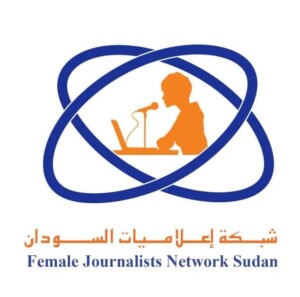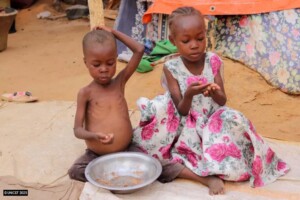Sudan, WHO confirm outbreak of haemorrhagic fever in Darfur
The Sudanese Ministry of Health and the World Health Organization (WHO) confirmed the outbreak of viral haemorrhagic fever (VHF) in Darfur on Tuesday.
The Office for the Coordination of Humanitarian Affairs (OCHA) in Sudan stated in its latest weekly bulletin that according to the Health Ministry, a total of 182 suspected VHF cases, including 103 deaths, were reported in the five Darfur states from 29 August to 25 October.
The Sudanese Ministry of Health and the World Health Organization (WHO) confirmed the outbreak of viral haemorrhagic fever (VHF) in Darfur on Tuesday.
The Office for the Coordination of Humanitarian Affairs (OCHA) in Sudan stated in its latest weekly bulletin that according to the Health Ministry, a total of 182 suspected VHF cases, including 103 deaths, were reported in the five Darfur states from 29 August to 25 October.
Of the 36 samples taken from suspected cases and people who had contact with them, and tested at the Central Public Health Laboratory in Khartoum, eight samples from Central, West, and North Darfur tested positive for West Nile virus, while four samples from West and Central Darfur tested positive for Chikungunya virus.
West Nile virus is a type of haemorrhagic fever, commonly found in Africa that can cause fatal neurological disease and is often transmitted by infected mosquitoes. Chikungunya is a viral disease, also transmitted by infected mosquitoes, and is characterised with an abrupt onset of fever accompanied by joint pains.
None of the samples tested positive for Yellow fever, Crimean Congo Haemorrhagic Fever, Dengue Fever, or Rift Valley fever.

The state with the highest number of cases was West Darfur (110), followed by North and Central Darfur with 33 cases each, East Darfur with five cases, and South Darfur with one. West Darfur had the highest number of fatalities (81), followed by North Darfur (15), six in Central Darfur and one in East Darfur.
Joint Health Ministry-WHO verification teams have been deployed to the Darfur states. Vector control activities have started and infection control measures were initiated in the affected localities. Additional pumps, fogging machines and insecticides, provided by the Ministry and the WHO, will be transported to the affected localities.











 and then
and then